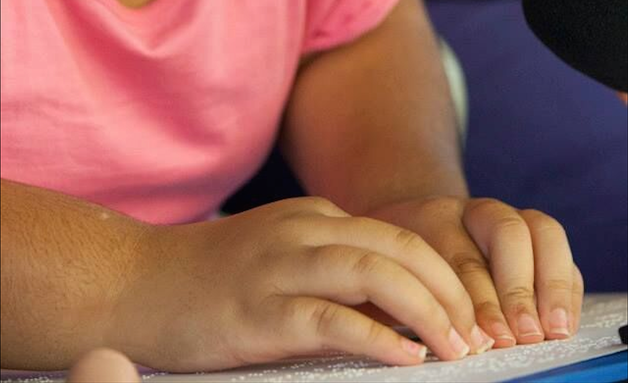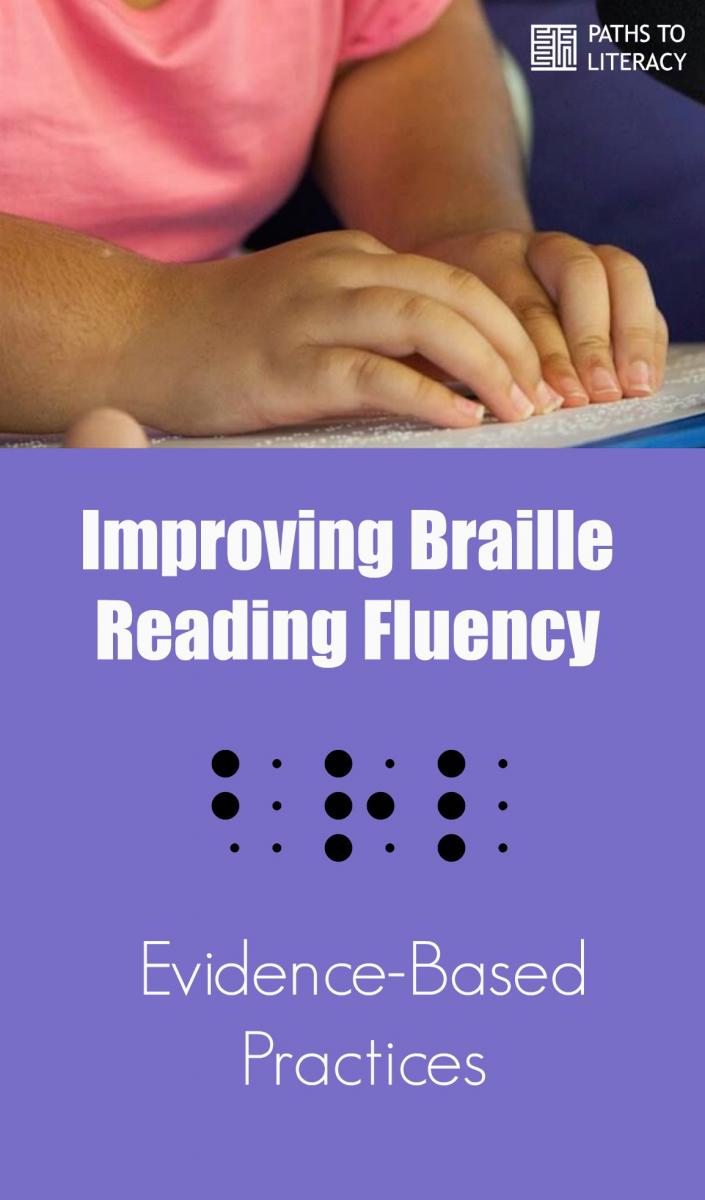
Research
Improving Braille Reading Fluency: The Bridge to Comprehension
Evidence-based research on braille fluency and braille literacy
This article by Kathleen Stanfa and Nicole Johnson from Kutztown University explores the relationship between reading fluency and comprehension among braille users. They identify the following factors that benefit braille readers in developing fluency:
- evidence-based practices adapted from print literacy instruction
- early intervention and daily instruction in braille reading
- trained TVIs to provide literacy instruction
Evidence-based fluency interventions include:
- guided oral reading
- shared reading and language experience for young children
- repeated reading process
Develop Mechanical Skills
Young children who are blind or visually impaired need to learn the braille code, as well as developing the following mechanical skills:
- finger dexterity and wrist flexibility
- hand movement skills and finger positions
- light finger touch
- tactile perception and discrimination skills
Implications for Practitioners and Families:
- Encourage students to re-read books until they achieve fluency.
- Engage in a variety of repeated reading methods, such as taped readings, paired readings, and self-charting of progress.
- Read aloud to child to provide model of how fluency sounds.
- Have students follow along with the text while listening to an audio version.
- Provide an opportunity for the child to practice reading every day.
- Be sure that braille books are readily available at home and school for pleasure reading and practice.
This article was published in the Journal of Blindness Innovation and Research, Vol. 5, No 2 (2015)

